How Household Products Contribute To Indoor Air Pollution
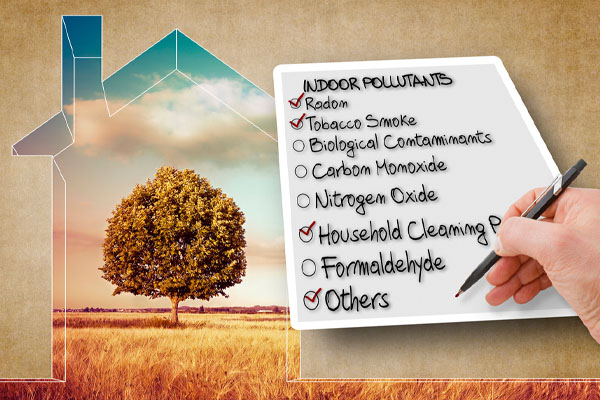
A clean home is a safe home, which is why we do our best to make sure that we do the right steps to make it hygienic and comfortable. One of the key factors that contribute to a healthier and safer environment in the home is air quality. With better indoor air quality, you enjoy cleaner, healthier air. Unfortunately, there are household products that can actually harm your health if used improperly. Surprisingly, some people do not realize this but certain products that have been around for some time may actually be harmful. Do you have any of these products at home? Let’s find out how these products create indoor air pollution and what you should do about it.
Understanding Indoor Air Quality
Table of Contents
Have you ever been in a room where breathing is much easier? Have you also been in a room where the air was so bad you had to take shallow breaths? The quality of the air you are breathing in plays a key role in your comfort and safety. Indoor air quality, also known as IAQ, refers to the condition of air found indoors or within an enclosed structure. If your home or commercial building has good to excellent indoor air quality, you can breathe more easily and safely.
IAQ is one of the most important concerns for the home. This is especially true if some of the residents are elderly, very young, or immuno-compromised. High levels of pollutants or moisture, for example, can increase the risk of health problems, including respiratory issues and allergies. This is why professional and government agencies recommend indoor air quality standards that must be met.
To prevent any issues associated with indoor air quality, it is important to understand how pollutants enter enclosed spaces such as homes. In some cases, you may even be introducing pollutants yourself and causing indoor air pollution, simply by using certain household products indoors.
Common Household Products That Pollute Indoor Air
Cleaning Solutions
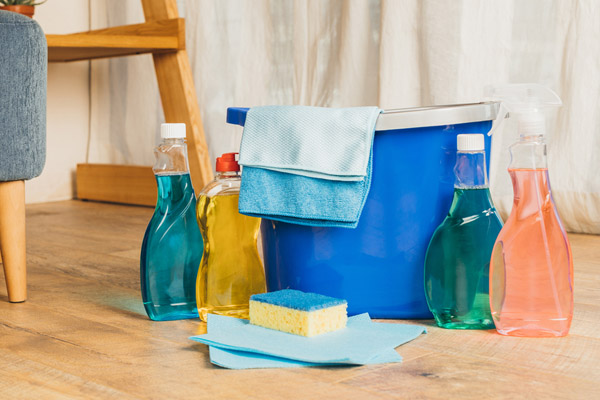
Commercial cleaning products come in formulas that use strong chemicals that could harm your health and your environment. Many commercial cleaning products include ammonia, bleach, synthetic fragrances, and volatile organic compounds (VOCs). Each one or in combination can significantly add to indoor air pollution, often causing strong reactions if they are mixed with certain chemicals.
What to Do Instead:
Look for cleaning products that are labeled environmentally-friendly or those that contain natural ingredients. Reading the ingredients list is a good way to identify which products are best. The shorter the list and the more recognizable the ingredients, the more likely that they are safer. But to be on the safest side, make sure to read up on the best near-natural products you can us. Otherwise, use good ol’ cleaning solutions such as vinegar, lemon juice, and baking soda.
Paint
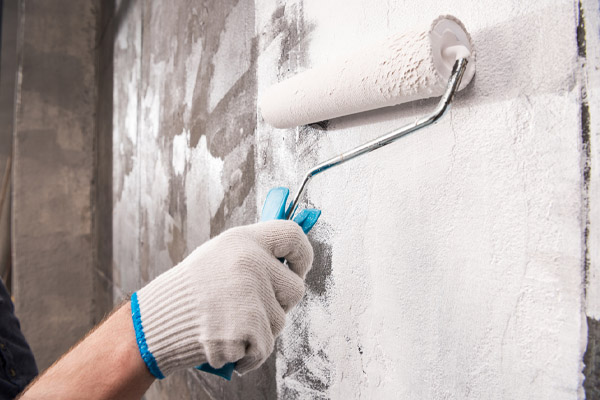
When you breathe in fresh paint, you are likely smelling the chemicals that came with that paint. Most paint products contain VOCs. These chemicals contain carbon compounds, the type that readily turns to vapor. Once the vapor mixes with the air, the chemicals undergo a chemical reaction that produces ozone. Ozone, as we know, increases indoor air pollution. As the paint dries, it will continue to release VOCs – a compound that you will continue to breathe in as long as you are present in the area.
What to Do Instead:
Try using low-VOC paint or even better, zero-VOC paint products.
Aerosol Sprays
Aerosol sprays come in a variety of forms and purposes – hairsprays, deodorants, shaving cream, hair treatments, cosmetics, and fragrances. These days, you can even find cooking oils in aerosol spray cans. The issue with aerosol sprays is that they likely come with propellants such as propane, butane, and isobutane, plus silicone to prevent foaming.
All aerosol sprays propel tiny liquid droplets that linger in the air for a few moments. Unfortunately, this action increases the risk that you could inhale harmful ingredients. As far back as 30 years ago, aerosol sprays were already considered polluting substances and yet, they are still in use.
What to Do Instead:
Limit the use of aerosol sprays or eschew their use completely. Products come in different forms and can be used safely as alternatives.
Air Fresheners
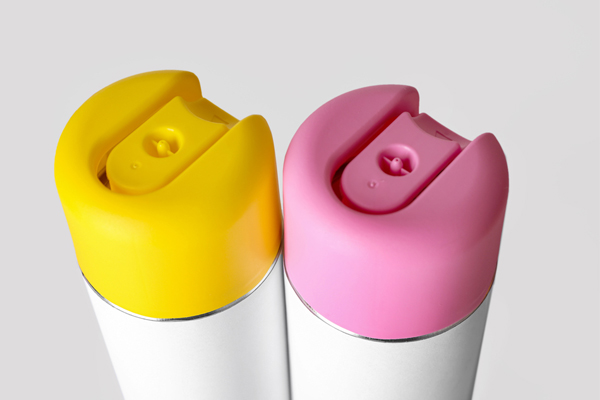
When there is a bad smell, what better way to eliminate it than with a few spritzes of air freshener? Unfortunately, many air fresheners contain harmful ingredients. Some even contain over 100 types of chemicals that are harmful or even toxic. Once released into the air, these chemicals react with other elements and produce other harmful compounds. People who are allergic to air freshener ingredients can experience bouts of sneezing and coughing immediately upon exposure. If the chemical comes in direct contact with the eyes or skin, it can even cause redness, swelling, irritation, and itching.
The reason why air fresheners can cause indoor air pollution is that they contain a host of chemicals, including fragrance, propellants, and additives. All of these things combined or on their own can significantly reduce indoor air quality.
What to Do Instead
Use natural ingredients to remove bad smells. Consider natural items such as lemon juice, citrus peels, herbs, and even flowers.
Candles
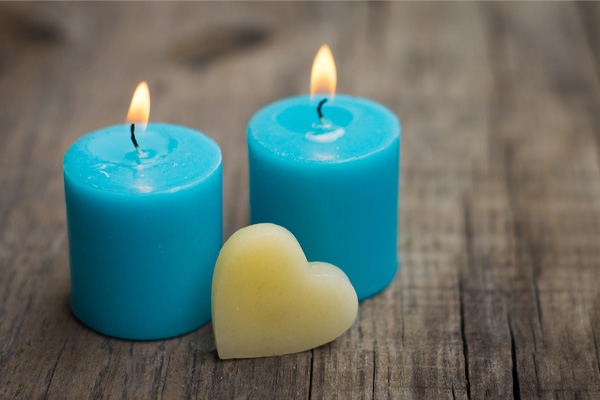
Candles that use paraffin wax tend to pollute indoor air. Paraffin is one of the by-products of petroleum, coal oil, or shale. When burnt, candles release compounds that are carcinogenic. One study even found a link between fumes from paraffin wax candles and health issues such as lung cancer and asthma.
What to Do Instead:
Try to limit the use of paraffin-based candles and opt for beeswax-based candles in their place.
Dry Cleaning
The dry cleaning process uses organic solvents to remove dirt, stains, and odor. These solvents can cause allergic reactions and health issues among individuals who have problems with their lungs, heart, liver, or kidneys. The most harmful ingredient found in dry cleaning solutions is perchloroethylene or PERC. PERC is a volatile organic compound that is especially harmful to humans and animals with prolonged exposure.
What to Do Instead:
If dry cleaning is absolutely necessary, unwrap all dry-cleaned clothes outdoors and leave them to hang outside for a few hours. Only have your clothes treated by reputable dry-cleaning shops. If your clothes have a strong, offensive smell from the dry cleaners, go ahead and complain.
Conclusion
Pollutants exist naturally. They are everywhere. However, just because we have to live with them does not mean that we should allow ourselves to be overwhelmed by them. The key to reducing indoor air pollution is management and proper awareness, particularly of the household products that contain harmful pollutants. Not only is this a necessity to maintain good health but also a responsibility to protect the environment. Just small steps that we make every day can create a big difference in our society. By taking a conscious and active part in keeping our home and environment safe, we can ensure our comfort and good health as well.
Call Hart Home Comfort For All Of Your HVAC Requirements
 Hart Home Comfort has been the leading service provider of heating and cooling solutions in Nassau County, Suffolk County, and Queens, New York for many years. We have built our reputation by ensuring that all projects are performed only by professionally certified technicians who have the right training and experience to provide top-notch services to our clients. From tune-ups and installations to replacements and repairs, we can assure you that you and your home are in good hands.
Hart Home Comfort has been the leading service provider of heating and cooling solutions in Nassau County, Suffolk County, and Queens, New York for many years. We have built our reputation by ensuring that all projects are performed only by professionally certified technicians who have the right training and experience to provide top-notch services to our clients. From tune-ups and installations to replacements and repairs, we can assure you that you and your home are in good hands.
We guarantee that we can offer the most competitive costs in the area while ensuring that we provide you with a higher level of energy efficiency, comfort, and safety. We can always find practical solutions that fit within your budget. If you want to improve the quality of your indoor air, give Hart Home Comfort a call today and ask about our free, in-home estimates.
For any questions about what Hart Home Comfort can do for you, give us a call today. Click here to contact us now or call us at (631) 667-3200 to find out more!
